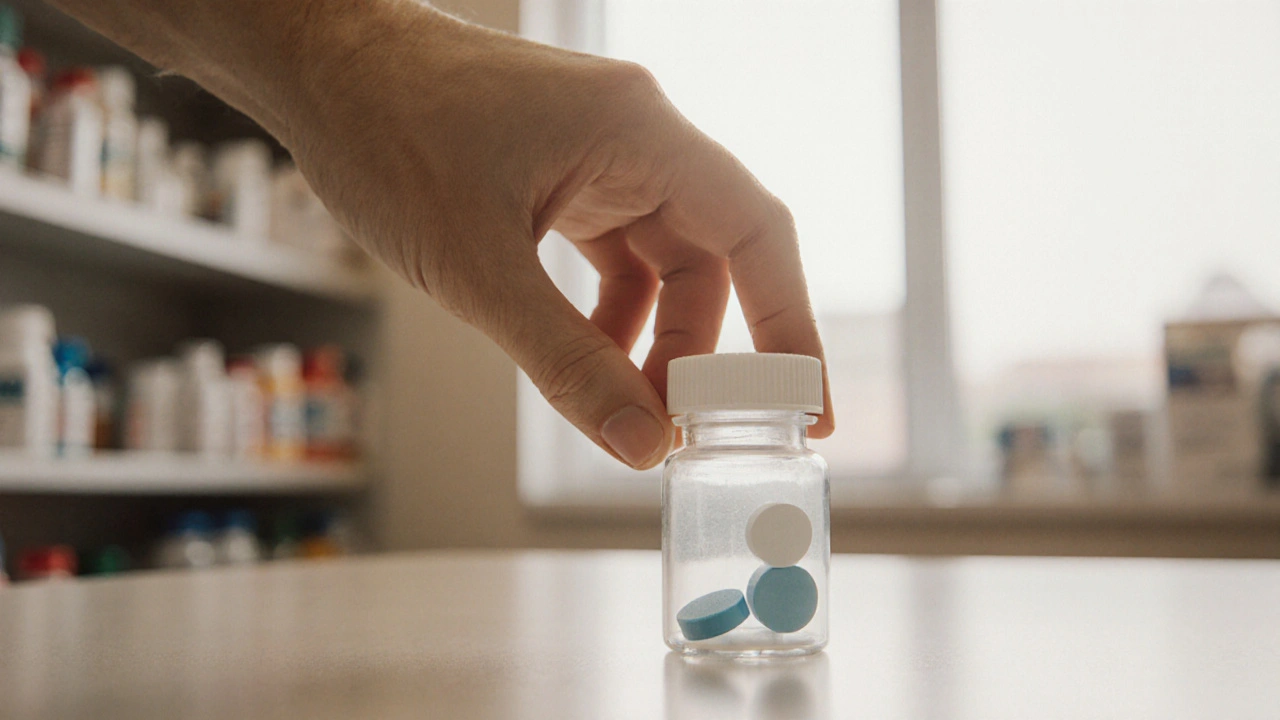Blood Pressure Medication Alternatives
When considering blood pressure medication alternatives, options that help manage hypertension without relying solely on standard prescription pills. Also known as alternative antihypertensives, they offer different mechanisms and side‑effect profiles.
Why explore other options?
Many people start with antihypertensive drugs, medications like beta‑blockers, diuretics and ACE inhibitors that lower blood pressure. While proven, these drugs can cause cough, fatigue or electrolyte imbalances. Blood pressure medication alternatives give you a chance to avoid those issues. One well‑known class is ACE inhibitors, agents that block the angiotensin‑converting enzyme to relax blood vessels. They work well for many, but aren’t suitable for people with certain kidney conditions. Another powerful piece of the puzzle is lifestyle modifications, diet, exercise, stress management and sleep habits that directly affect blood pressure. Together, these three entities form the core of a balanced hypertension plan.
Let’s break down the key attributes of each option. Antihypertensive drugs have the attribute “mechanism of action”. Values include – ACE inhibition, calcium‑channel blockade, and beta‑receptor blocking. Knowing the mechanism helps you predict side effects. ACE inhibitors have the attribute “common side effects”, with values like dry cough, elevated potassium and rare angio‑edema. Understanding these values lets you weigh risks against benefits.
Lifestyle modifications have the attribute “impact on systolic pressure”. Typical values are 5‑10 mmHg reduction from regular aerobic exercise, another 3‑5 mmHg from sodium reduction, and up to 4 mmHg from stress‑reduction techniques. These numbers show that even small habit changes can add up to meaningful pressure drops.
Natural remedies fit into the picture as a sub‑entity of lifestyle changes. For example, potassium‑rich foods, fruits and veggies like bananas, spinach and sweet potatoes that help balance sodium can lower blood pressure by up to 2 mmHg. Similarly, hibiscus tea, a polyphenol‑rich beverage shown in studies to cut systolic pressure around 4 mmHg. These natural options don’t replace medication for severe hypertension but they do complement other strategies.
Another related entity is monitoring tools, home blood pressure cuffs and mobile apps that track readings over time. The attribute “frequency of use” often recommends twice‑daily checks, and the value “trend analysis” helps you see how each alternative affects your numbers. Regular monitoring turns vague guesses into concrete data, guiding you toward the most effective combination.
When you combine these entities, you get a flexible framework: blood pressure medication alternatives encompass prescription drugs, natural supplements, lifestyle tweaks, and monitoring tools. The framework requires you to assess personal health status, discuss options with a clinician, and commit to consistent tracking. By understanding the relationships—how ACE inhibitors belong to antihypertensive drugs, how lifestyle changes influence the same outcome, and how natural remedies fit under diet—you can craft a plan that fits your life.
Below you’ll find a curated list of articles that dive deeper into each of these areas. From detailed comparisons of specific antihypertensive classes to step‑by‑step guides on diet and exercise, the collection offers practical insights to help you decide which alternatives suit your needs.

Zestoretic vs. Alternatives: Which Blood Pressure Combo Wins?
A detailed comparison of Zestoretic (lisinopril, hydrochlorothiazide) with common hypertension alternatives, covering mechanisms, side effects, costs and a handy decision table.
Continue Reading



